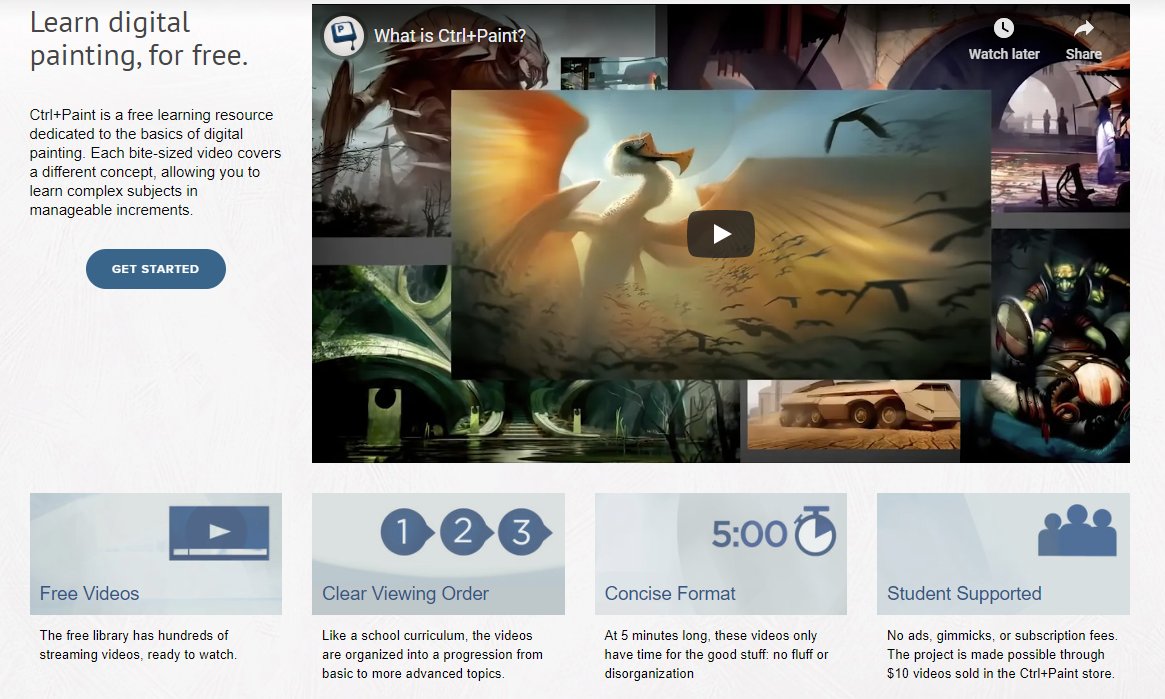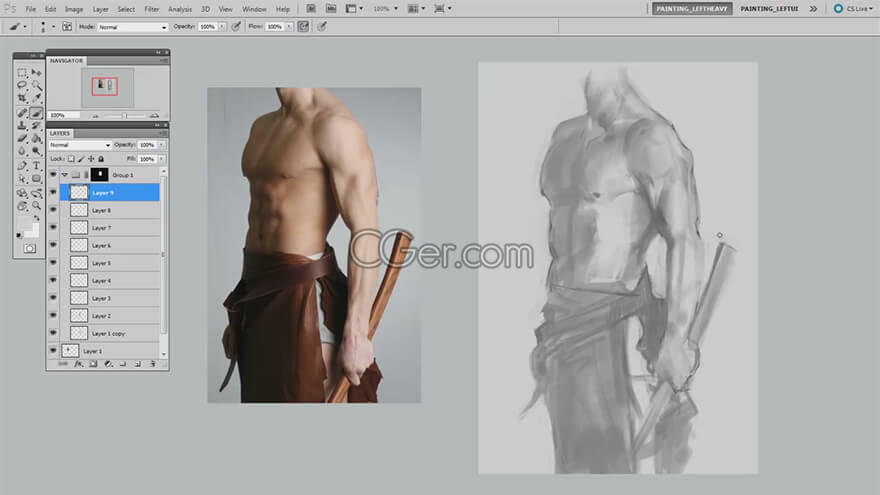


This is done by specifying a tuple, generally (x, y) where x is the x coordinate or the distance between the projection of the point on the x axis to the origin and y is y coordinate of the point or the distance between the projection of the point on the y axis to the origin.

When it comes to positioning a point on a 2D grid, the most common and simple way to do this is to provide the cartesian coordinates of the point. Note: Don't attach the front two yet, since you would have to remove them eventually. You can also mount the two rear layer spacers using M4 nuts and bolts. These pieces prevent the body of the robot from scraping along the surface of the canvas. Pass the passive gliders through the holes and glue them in place. There are two holes at the front and rear of the robot. Once the Arduino is secured, mount the CNC shield onto the Arduino. You can also mount the Arduino in place using M3 nuts and bolts and some standoffs to make the Arduino easily accessible.

Once the steppers are mounted you can attach the two wheels to the axles of the stepper motors. Next, used 8 x M4 nuts and bolts to secure the two stepper brackets onto the bottom plate. Begin by mounting 2 stepper motors onto two stepper brackets using the provided screws. This layer is responsible for the drive system and also holds the electronics. Once all the parts are manufactured, you can begin to assemble the bottom layer of the painting robot. The time required to manufacture all of the parts is approximately 12 hours. In total there are 13 3D printed parts and 3 laser-cut parts. Note: From here on the parts will be referred to using the names in the following list. The laser-cut pieces were cut out of 3mm clear acrylic.īelow you can find the complete list of parts along with the design files. You can pick the color of your choice for the filament. Some of the parts require supports since they have a complex shape with overhangs, however, the supports are easily accessible and can be removed using some cutters. The prints were made at 40% infill, 2 perimeters, 0.4mm nozzle, and a layer height of 0.1mm using PLA. The parts were initially built on Fusion 360 and then the CAD models were used to laser-cut or 3D print the parts. Most of the parts required for this project are customized according to the requirements, that's why I decided to use the power of digitally fabricated parts.


 0 kommentar(er)
0 kommentar(er)
